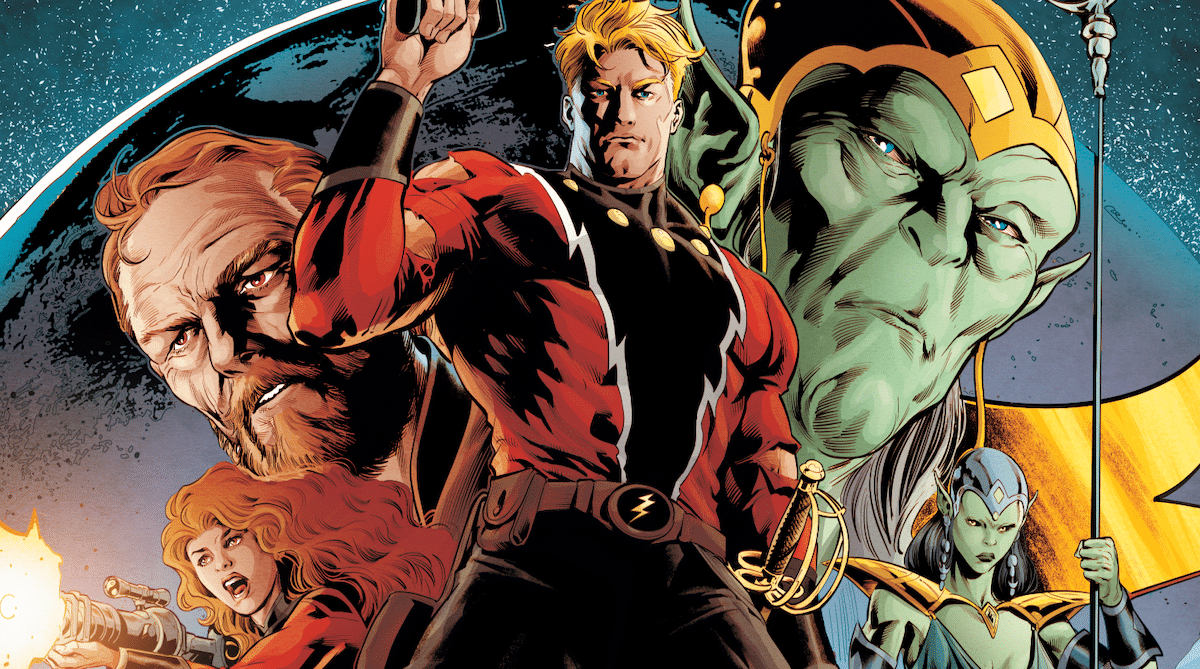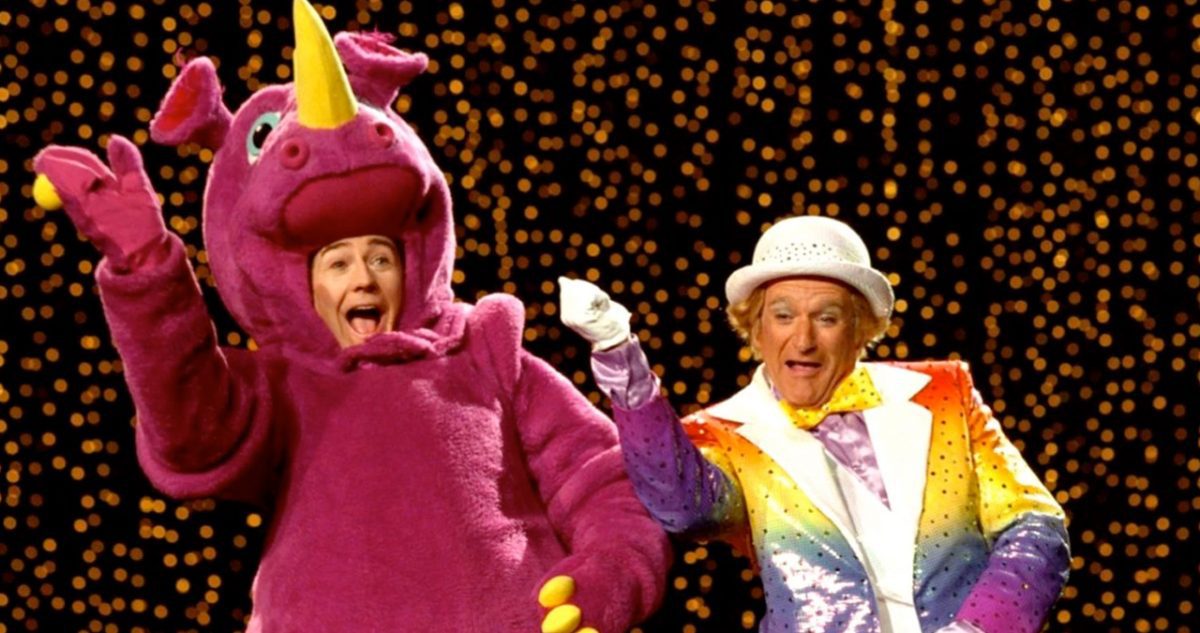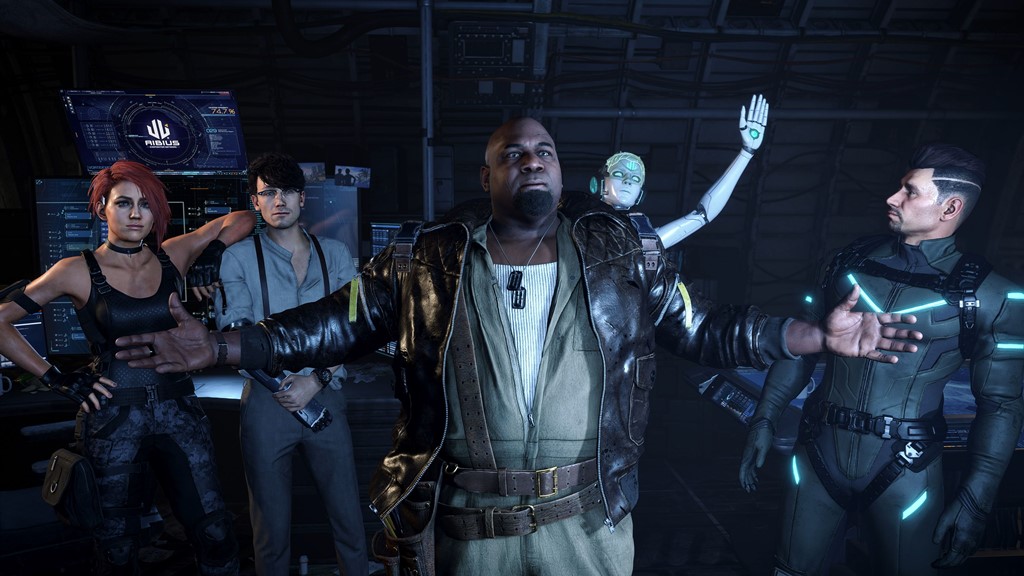Have you had a chance to check out Flash Gordon #1 by Jeremy Adams, Will Conrad, Lee Loughridge and Taylor Esposito? The new series about the beloved classic space hero is here to save the universe!
To celebrate the occasion, Comics Beat caught up with Adams and Conrad over email to learn more about the exciting new ongoing series. Read on to learn everything we discovered about Flash Gordon #1!
AVERY KAPLAN: Can you tell us about any personal history you may have with Flash Gordon?
JEREMY ADAMS: Well, I came upon the property like a lot of kids my age, through the Flash Gordon movie starring Sam Jones. This campy/scifi movie with the best soundtrack ever was kind of my first glimpse at the character. It wasn’t until years later, when I had some older friends of mine suggest some old pulp sci-fi books like the Jon Carter of Mars series, that my interest in that time frame and characters was piqued.
WILL CONRAD: Flash Gordon was some of the books I read when I was a child’s and one of the first sci-fi stories I came to like. I loved – and still do – Alex Raymond’s art on the book, and I can’t forget the 80’s movie, and it’s great soundtrack.
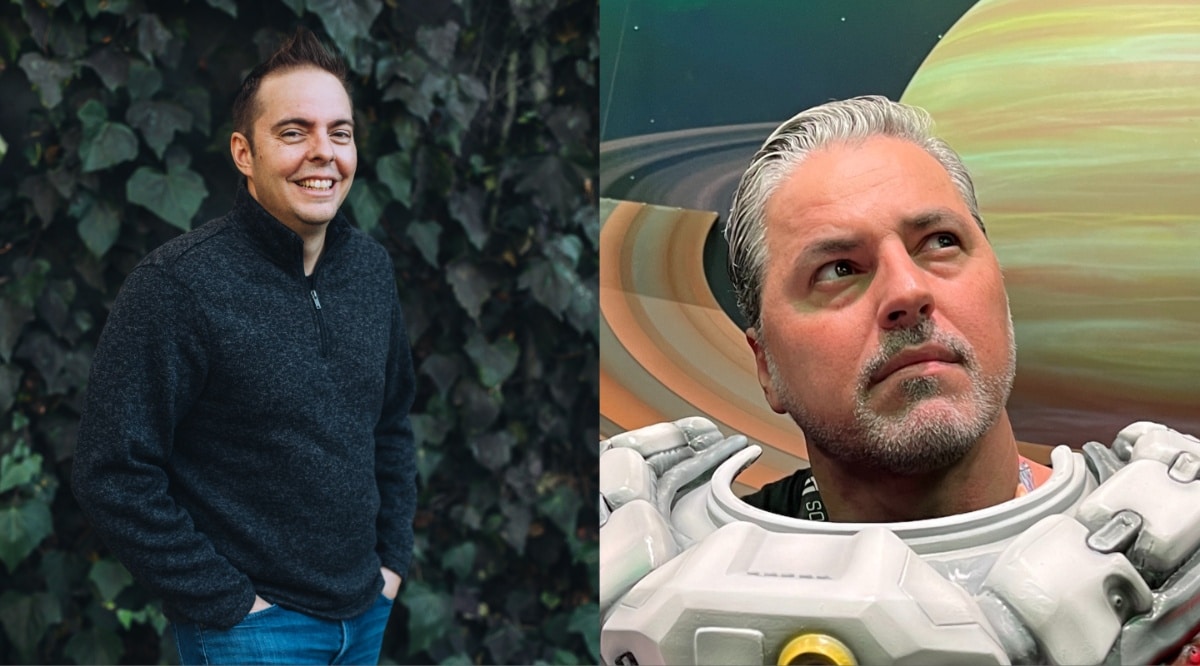
KAPLAN: How did you come to be involved in this project for Mad Cave?
ADAMS: I was pitching some creator owned projects at Mad Cave when Mike Marts mentioned they had some upcoming awesome licensed material. As he rattled off the titles, I heard flash and immediately said, “I’ll do that!” to which he said, “Great!” and we were off to the races.
CONRAD: I was approached by Marts, with whom I had worked in the past, offering me a couple of projects to work on at Mad Cave. One of the projects was Flash Gordon. I couldn’t say no to the chance to work with the character.
KAPLAN: Do you have any personal creative routines (especially any that involve Queen)?
ADAMS: Haha. I usually have a routine. Walk the dog, drink a red bull, play a game of fortnite, and then off to work! I’ve always got any number of projects and I’m a big believer in doing a little of them all the time. Incremental goal setting is a huge thing with me. A little over time equals a lot of finished work product.
CONRAD: One of the things I always do is work with music. And Queen is one of the bands I listen to the most, specially while working on Flash Gordon pages. You can imagine why.
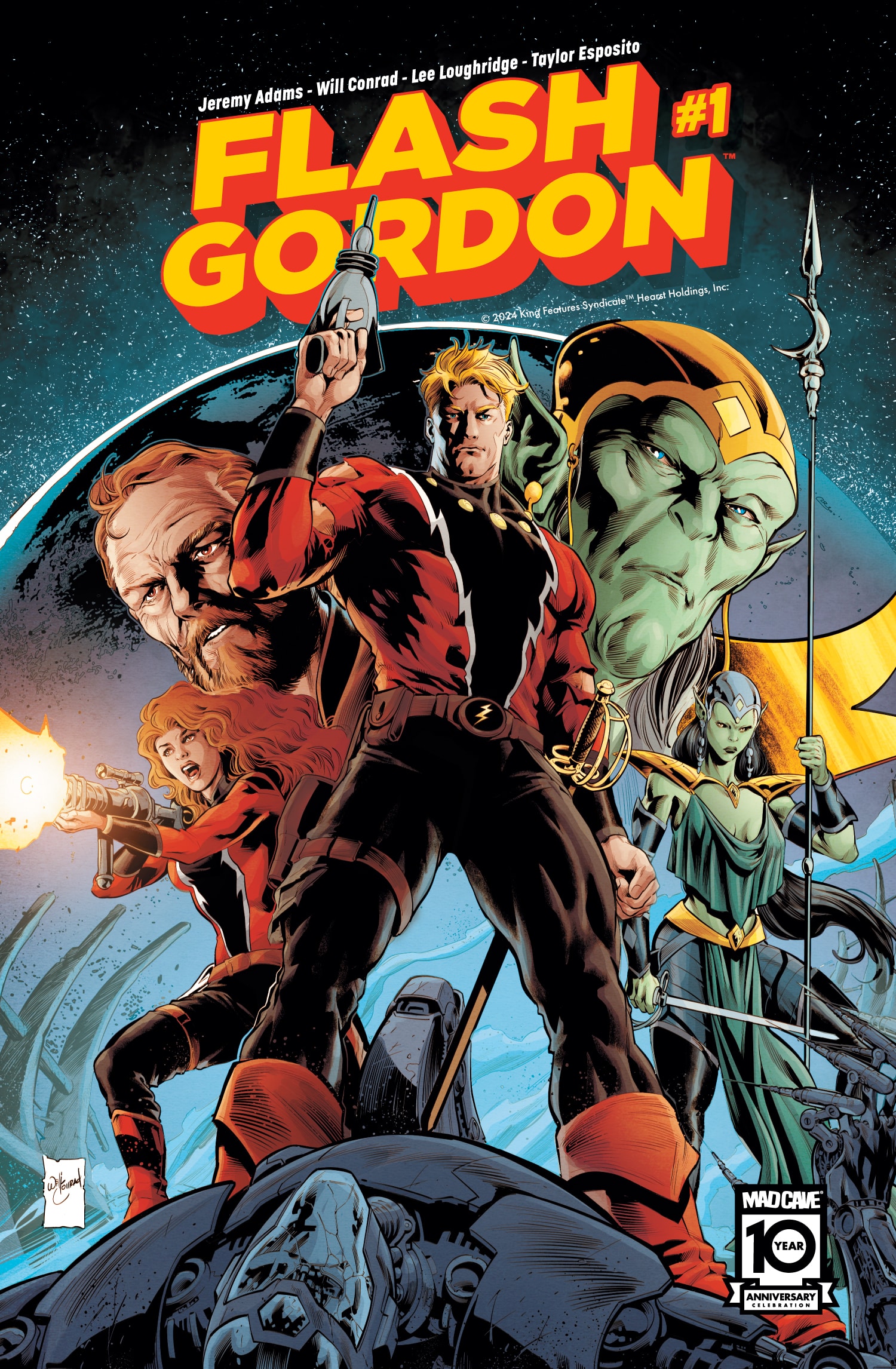
KAPLAN: Were there any previous Flash Gordon stories that were particularly inspirational to you while working on this project? What about any other stories or media?
ADAMS: Not anything that stands out. I’ve been perusing the Alex Raymond stuff, and old comics, and it’s A LOT. I’m more trying to move forward with the ideas and characters and tell similar adventure tales with cliffhanger endings.
CONRAD: I can’t mention any stories in particular, as I like the whole run. What I remember the most is the 2 movies from 1930s, that I like a lot and rewatched a couple of times when I was starting working on the books. I always approach my storytelling as if I was directing a movie. So, I really relate to cinema, and maybe that’s why I like the movies so much.
KAPLAN: What can readers expect from this incarnation of Flash Gordon? Is there anything they might find surprising?
ADAMS: I think that what’s surprising is that I’m not really trying to reinvent the character. I’m just using the character as is, and seeing what he does in new and unusual circumstances. I think Flash has survived as a character because of that heroism and courage, two things I don’t really want to change.
CONRAD: I was asked to move away from a few visual things that were characteristic on the original material. But despite that, I try to be as faithful as I could on recreating a lot of things. So, I guess that readers can expect to find a lot of references to the old stuff, while looking into completely new stuff. I tried to bring back some of the old nostalgia at the same time that I’m bringing a new light to some of the visuals.
KAPLAN: It’s no secret that we are huge animation fans at The Beat. So I have to ask: has your work in animation affected your work in comics? And if so, can you provide us with any specific examples?
ADAMS: Yes. Animation writing is closer to comic writing for me. Lots of scene descriptions and wording that I’ll use to inspire and hopefully get the artist (storyboard or otherwise) excited about what we’re seeing. In general, I feel like the pacing of animation is similar as well. There’s not that much downtime in my books, and it feels the same with most of my animated stuff. Specifically? Hmmm… I know that I write very cinematically in terms of angles, tilts, pans, type of stuff. Which is weird for a static medium, but people like Will or Xermanico on GL totally get it. I think we’re all byproducts of movies on some level.
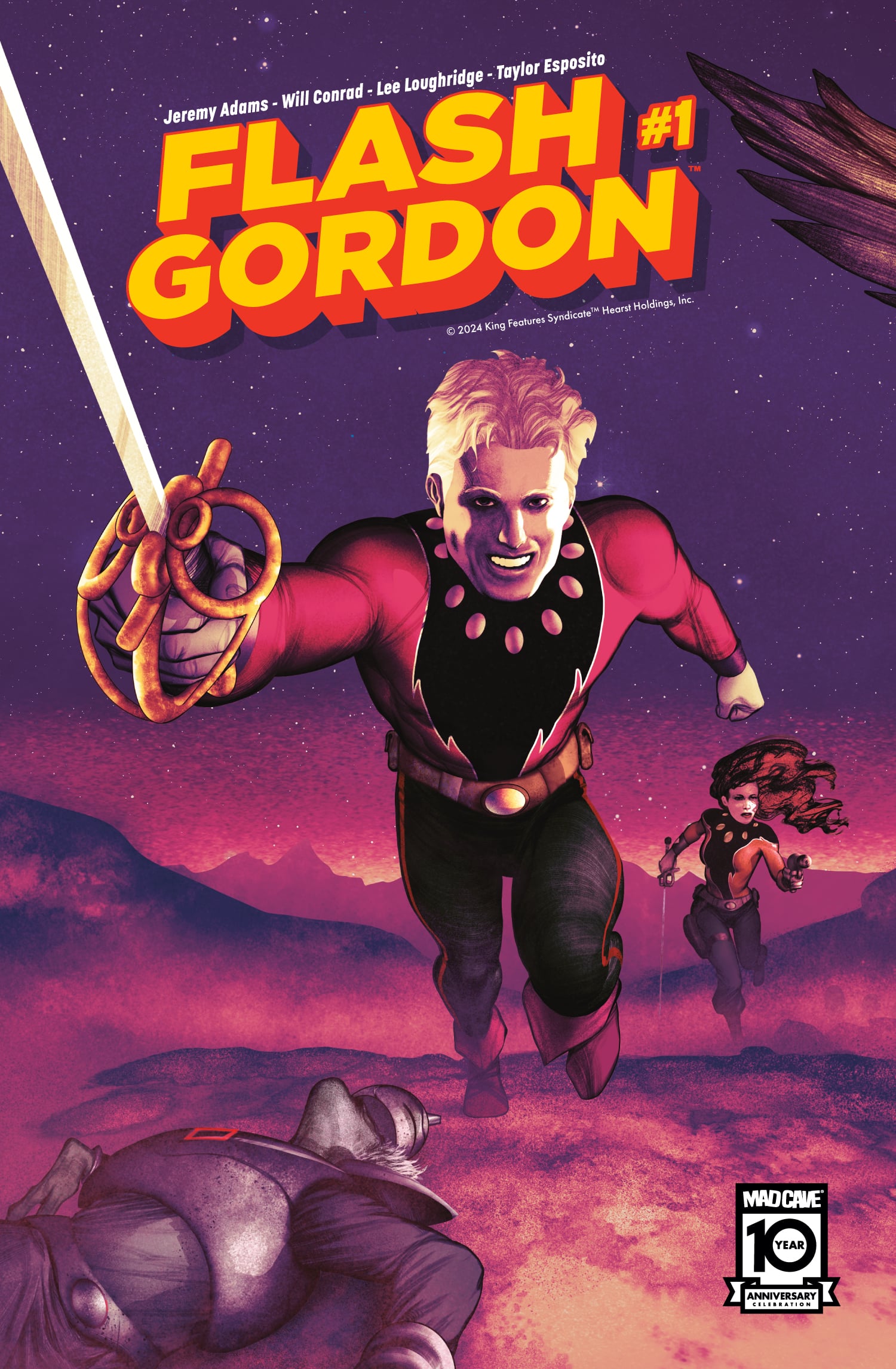
KAPLAN: Did you face any specific or unexpected narrative challenges when you began work on this project? Conversely, did anything come especially easily?
ADAMS: Because this is a IP that I don’t own, there are rules. Some of those are easy, some of those are hard, and some of those are just…grrrr. But we’ve gotten through it all okay. I think what comes easier than I thought is this kind of strange sense of silly sci fi ideas. Whether it’s fingers that are syringes or monster guards, I find coming up with absurd tech to be fun more than infuriating.
KAPLAN: I’m also very curious how the experiences surrounding your work on the show “Monkie Kid” might have affected your work as a writer, if they have?
ADAMS: Complicated question. Monkie Kid was a crucible that made me a better writer to be sure, that and made me a better politician. There were a lot of tough personalities to contend with during my time on that show, and I HOPE I learned to let go and just get to the work and try not to take it personally.
KAPLAN: You are no stranger to depicting iconic characters. What was it like developing character designs for Flash Gordon? How do you find the essence of each character?
CONRAD: It was a challenge. Obviously, I wanted to be as close to the original characters as I could, but also creating a new voice to most characters. Because of the demands of todays world, we had to stay away from some stereotypes, and while working on the new designs, I was very careful not to lose the essence of each character. No small task for me.
KAPLAN: I understand you began work in the industry as an inker before evolving into pencilling. Can you tell us about this personal journey?
CONRAD: Yes. When I was trying to break into the industry, it was pointed to me that my style was too different of what was being published at the time. I worked many years as an illustrator in Brazil, and my art style was a reflection of that. But I was good enough that I could get some inking gigs. Which I did, and I worked with some great artists for about 4 years, all the while working on pencilling samples. After that time, I got my first small assignments pencilling some books, and from that I moved to bigger and bigger projects. It’s been 23 years working for the American and European markets, now.
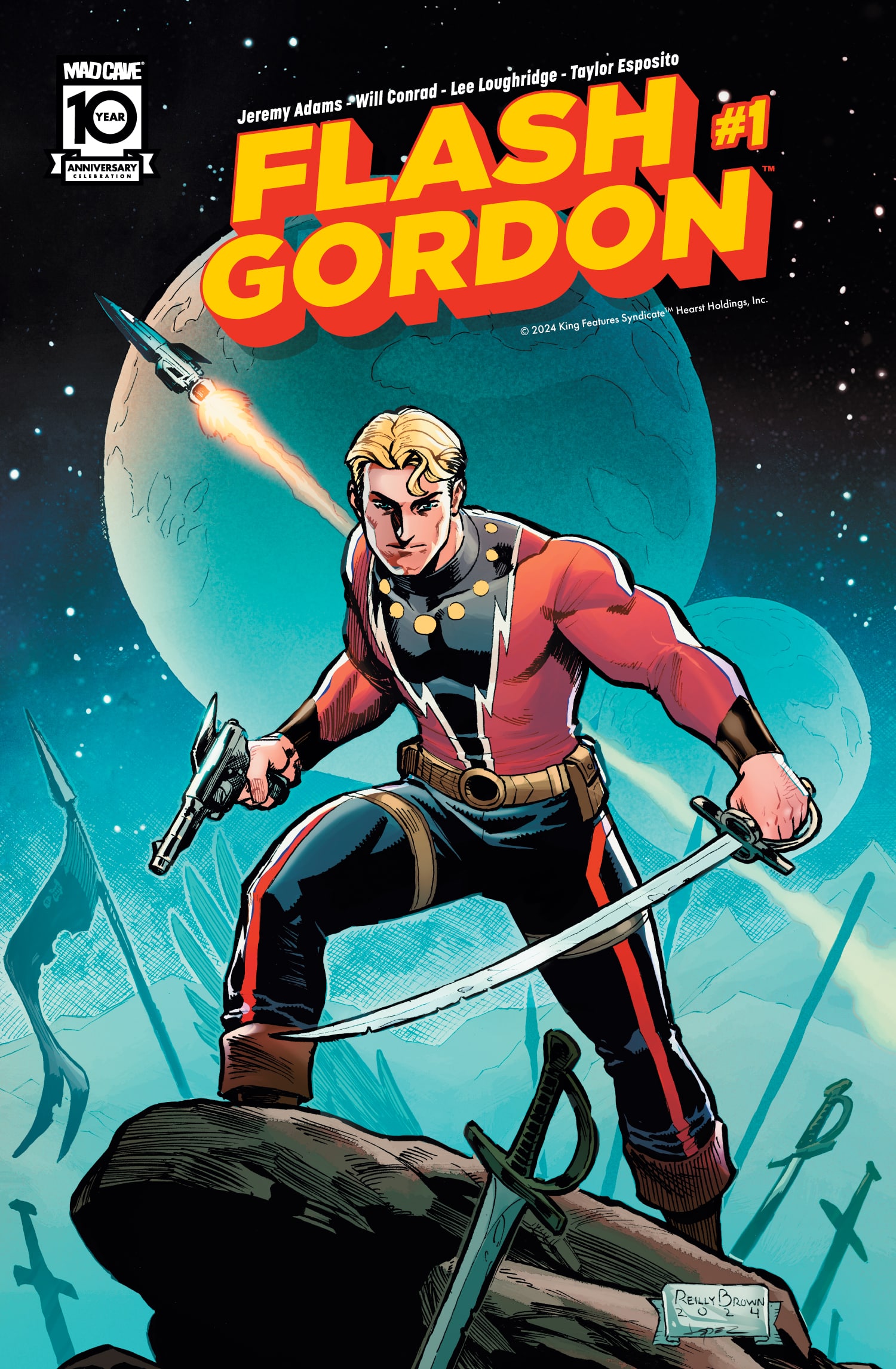
KAPLAN: Was there any previous project you have worked on that was especially informative for Flash Gordon?
CONRAD: I think that, if I have to mention one, it would be the Firefly series I did for Dark Horse. I had the chance to work on sci-fi, and at the same time, that series had a very retro vibe on a lot of elements.
KAPLAN: Jeremy, do you have any thoughts to share on Will’s contribution to the series?
ADAMS: Will has been the consummate collaborator. I know that whatever he does to the pages are always going to benefit the story. I think he’s just fantastic. His art doesn’t just deliver on the action but the acting for the characters which isn’t something a lot of artists can do. He’s kind of got it all, and I’m LUCKY that he’s doing this.
KAPLAN: Will, do you have any thoughts to share on Jeremy’s contribution to the series?
Jeremy’s way to write is amazingly fun to work with. And the way we have been working together gives me a lot of freedom to play around with visuals and some inputs to help the story to grow. I love the twists and sometimes I find myself laughing at the pages because the script is so funny!
KAPLAN: Is there anything I’ve overlooked that you’d like me to include?
Yes. I have been having a great time working alongside Jeremy. I believe that the team is very involved in making this a great project to new and old readers, and I hope everybody will love the result of this effort.
You can pick up Flash Gordon #1 from the Mad Cave Studios website or your favorite local comic shop right now.
